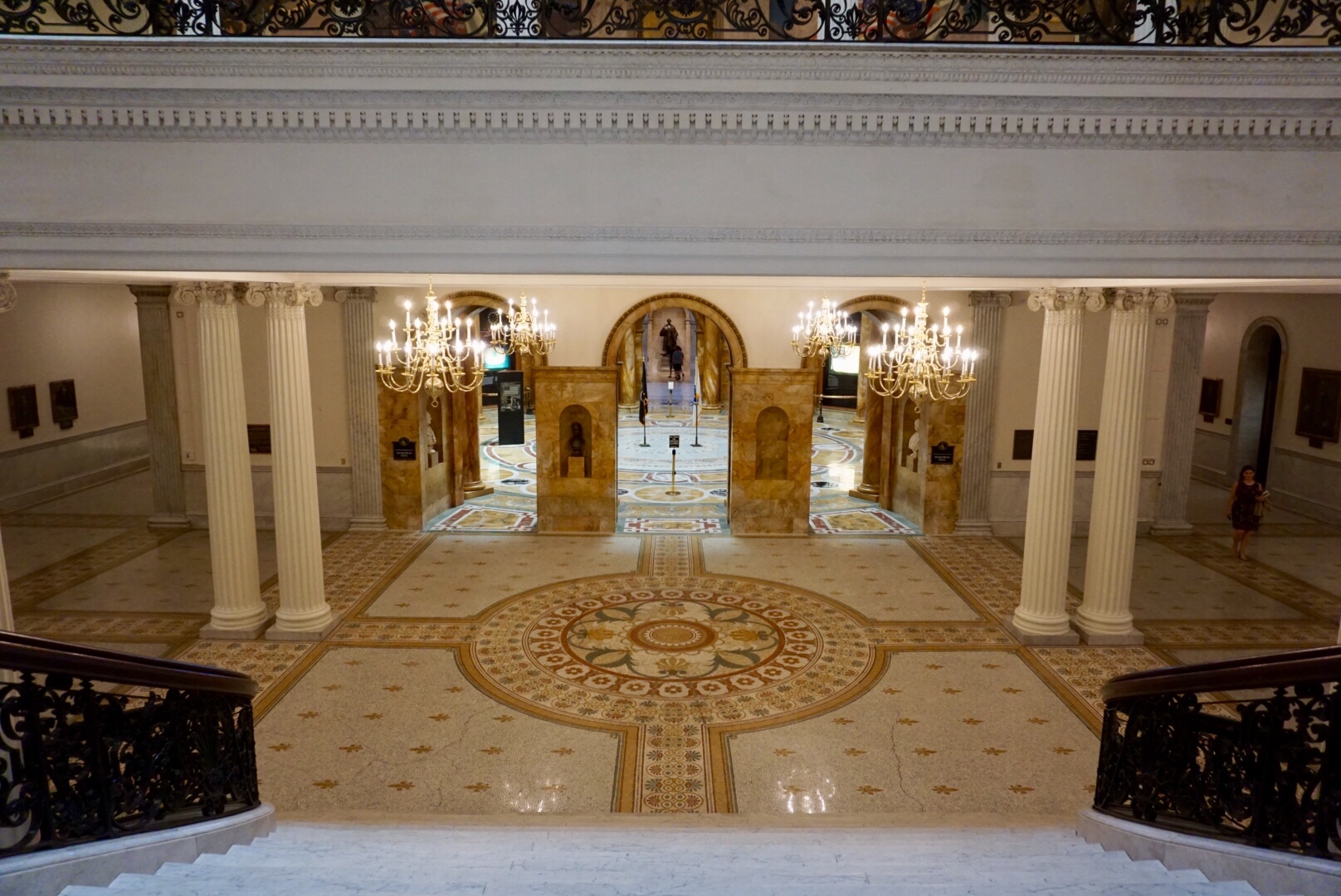All the flights I’d taken in the US had been on schedule. The one from Chicago to Boston was no exception.
To get to the HI Hostel from the airport I took a free bus. This took a strange route, through concrete tunnels. No other vehicles used the tunnel. I assumed that it had been purpose-built to quickly transport people from the airport to central Boston. I later learnt that the tunnel, although designed for speed, has had issues. In practice, the tunnel buses are no faster than the street-level buses that were replaced. The narrow tunnel lanes end up slowing the airport buses to about 15 mph.
On arriving at my hostel, I saw that it was in Chinatown. I checked in and quickly went to a vegan Thai restaurant around the corner before it closed.
The following day was my first full day in Boston. So far, I was unimpressed by Boston. It seemed ordinary. I did wonder why I had come to Boston but couldn’t remember. Maybe it was a random stop to use up some days I had free between Chicago and New York.
I got speaking to one of the guides at the hostel and he suggested going on The Freedom Trail. This trail through the city was marked on pavements and was easy to follow.
The sun was shining bright this morning. It was too hot to walk around but, as in Chicago, I decided to stroll around town.
As I traced The Freedom Trail, I remembered what drew me to Boston in the first place! The Freedom Trail passes museums, churches, meeting places, burial grounds, and other historic markers that tell the story of the American Revolution. I had forgotten that Boston had played an important part in American history – especially the Revolution and Civil War.
The Boston Tea Party was the first act of defiance to British rule. American colonists were frustrated and angry at the British for imposing “taxation without representation”. At the time (1760s), Britain was deep in debt and introduced several new taxes in America. In response, the Bostonians dumped hundreds of chests of tea, imported by the British East India Company, into the harbour. The protests eventually spread to the other twelve American colonies.
Another famous event at the time was the Boston Massacre. It started as a small conflict: colonists throwing snowballs at British soldiers. The British sent for reinforcements, who fired on the group, eventually killing five colonists and wounding six others.
In case your American history is rusty (like mine), these conflicts continued until the Americans gained independence from the British in 1776.
It’s not a coincidence that, depending on how you measure it, the Freedom Tower in New York, built to replace the World Trade Center’s twin towers, is 1,776 ft tall.
























